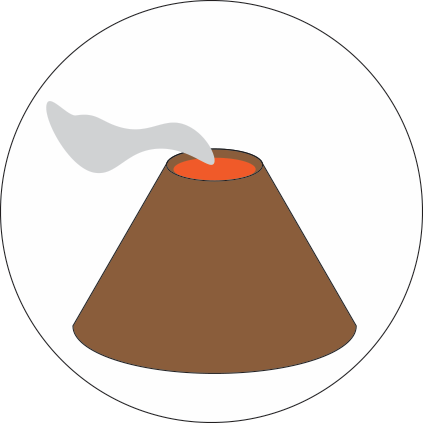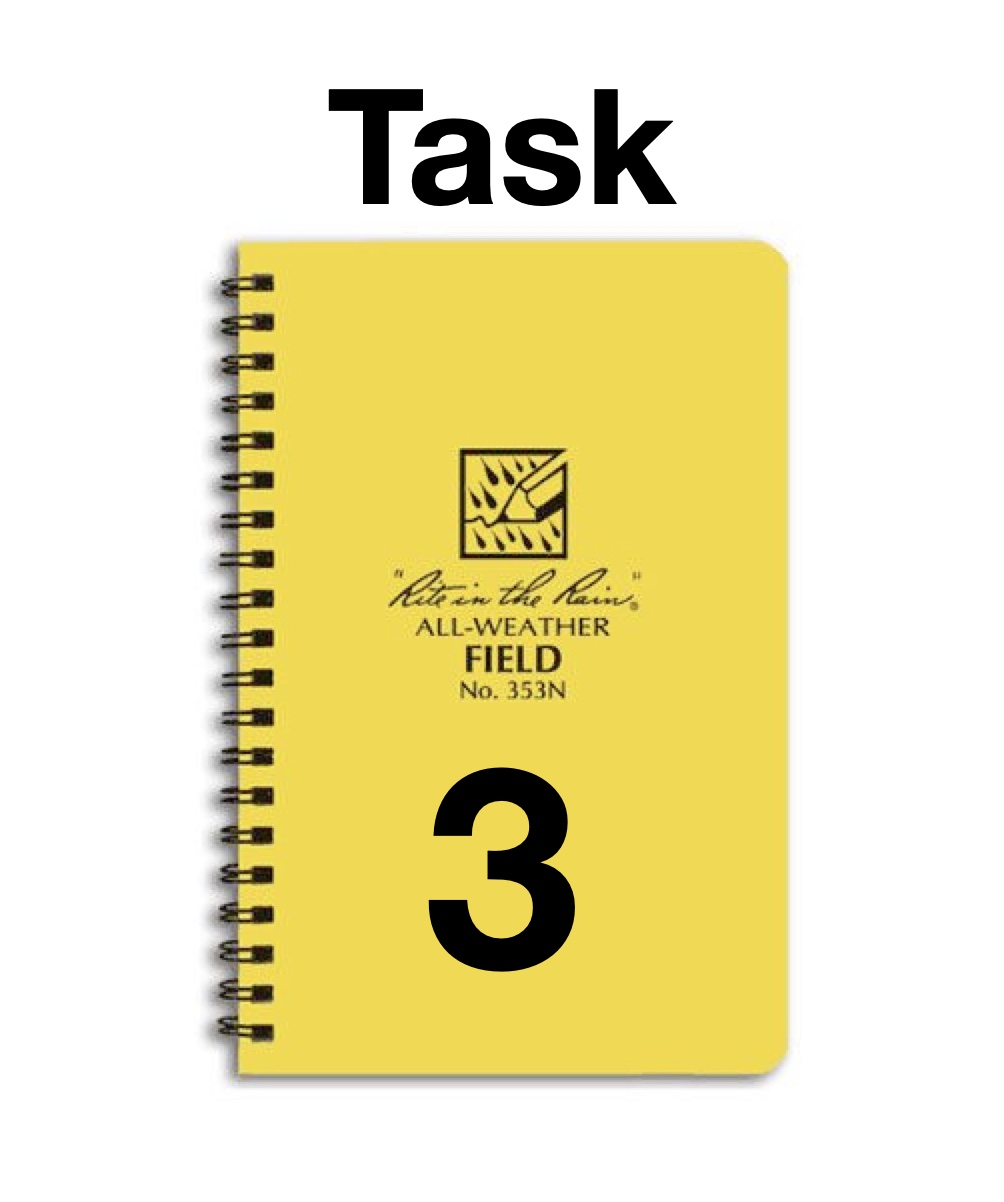

In this part of the exercise, you will observe three eruptions that discharge relatively low-viscosity basaltic magma on land. This type of eruption is sometimes called subaerial because the magma is ejected into the air instead of into water. You will also discover the types of flows and deposits that are formed by subaerial eruption of basaltic magma.
Observing Subaerial Eruptions and Flows

For Task 3, you will observe video of three different subaerial eruptions and examine the types of flows that are produced by this activity.
For Task 3, please do the following:
1. View the videos of eruptions 2-4 and describe the activity in the field notebook using your own words
2. View the resulting deposits and flows from eruptions 2-4, and describe their features in the field notebook
Once you have completed your descriptions of eruptions 2-4 and their deposits, you can move ahead to the next page.